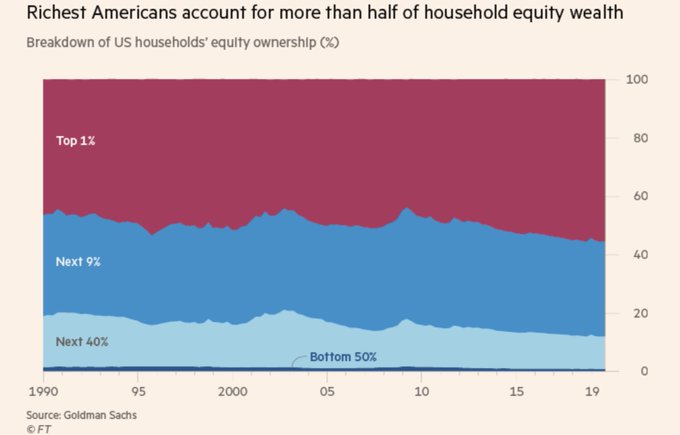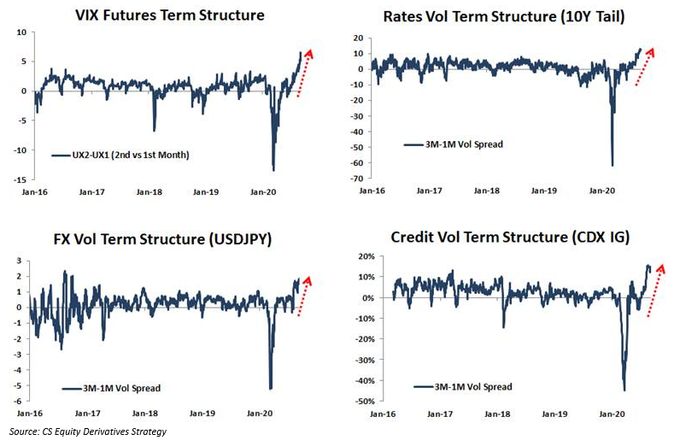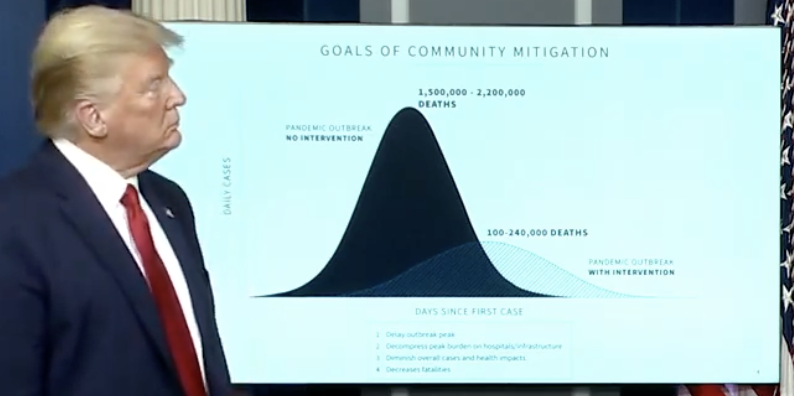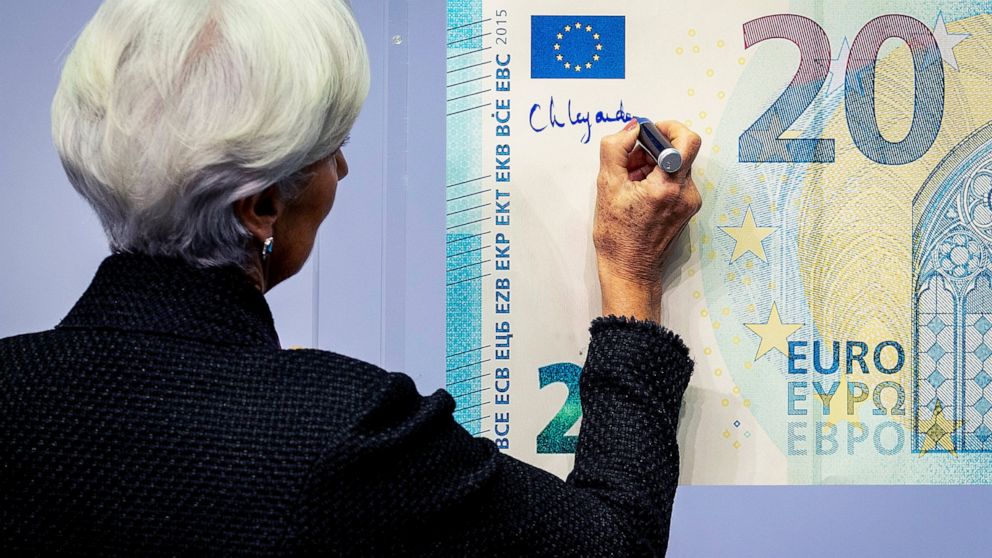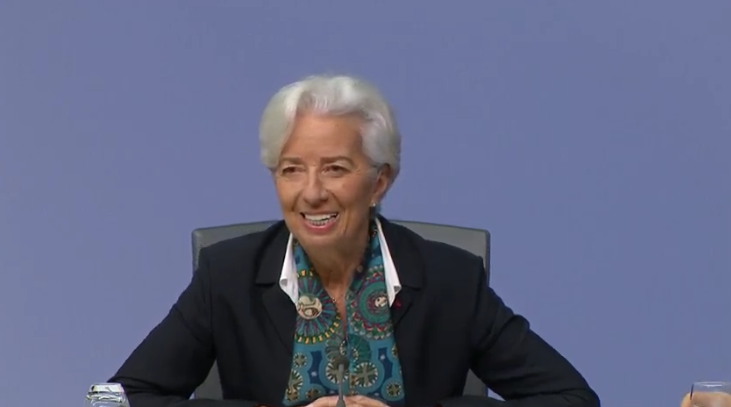Marriage is for couples that want to be emotionally and materially bonded and is simply not appropriate for a trader’s relationship to a trading position. Remember, the market is open every day with an endless amount of opportunity for those with heads clear and objective enough to discern it.
Marrying positions generally occurs to traders with losing trades because winners generally cash out, while losers can take a longer time to divorce emotionally.
Also, giving into your emotions while trading is a common sign that you may be trading without a plan or perhaps disregarding the plan you do have. Emotional trading is the first step in losing discipline.
Remember, trading is a highly competitive business that does not take prisoners. Much like a casino, the market will not let you have your money back once lost!

